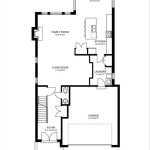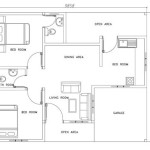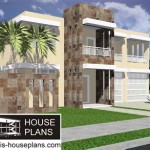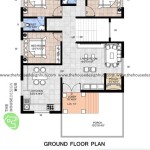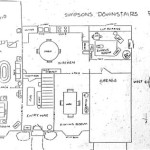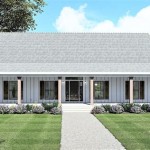Modern Passive Solar Home Plans: A Sustainable Way to Live
Passive solar home design capitalizes on natural resources to reduce energy consumption and enhance comfort. These homes are designed to absorb, store, and distribute solar energy without the need for active mechanical systems like fans or pumps. Integrating passive solar principles into your home plan offers numerous advantages, including:
- Reduced energy costs
- Increased home comfort
- Improved air quality
- Reduced environmental impact
When designing a passive solar home, several key aspects must be considered to maximize its energy efficiency:
1. Orientation:
Positioning your home on the lot to take advantage of the sun's path is crucial. In the Northern Hemisphere, the south-facing orientation allows for maximum sunlight exposure during winter months. Windows and glazed areas should be placed strategically on the south side to capture solar heat.
2. Thermal Mass:
Incorporating materials with high thermal mass, such as concrete, brick, or stone, into the home's structure helps absorb and store solar heat during the day and release it gradually at night, maintaining a comfortable temperature.
3. Insulation:
Proper insulation is essential to prevent heat loss during the winter and excessive heat gain during the summer. High-performance insulation materials like cellulose, fiberglass, or spray foam should be used to minimize heat transfer through walls, ceilings, and floors.
4. Glazing:
Windows play a vital role in passive solar design. Large, south-facing windows allow sunlight to enter the home, while smaller, north-facing windows minimize heat loss. Double- or triple-glazed windows with low-emissivity coatings help reduce heat transfer and improve energy efficiency.
5. Overhangs and Shading:
Overhangs and shading devices, such as awnings or trellises, can help control the amount of sunlight entering the home. They allow sunlight to penetrate during the winter months, while shading the home from the intense summer sun, reducing heat gain.
6. Ventilation:
Proper ventilation is crucial for maintaining a comfortable and healthy indoor environment. Employing natural ventilation strategies, such as cross-ventilation and stack effect, can help circulate fresh air throughout the home, reduce humidity, and improve air quality.
7. Other Considerations:
Additional factors that can enhance the performance of passive solar homes include: light-colored exterior finishes to reflect sunlight, landscaping to provide shade, and the use of solar water heating systems to reduce reliance on conventional energy sources.
By incorporating these essential aspects into your home plan, you can create a comfortable and energy-efficient living space that reduces your carbon footprint and enhances your overall well-being.

Deltec Homes Renew Collection Ridgeline B 1604sf Passive Solar Layout Vaulted Ceilings High Clere House Plans Prefabricated Houses Dream

Craven Gap Residence Modern Passive Solar Home Design

Sunlight Used Right Modern Home Designs That Harness Solar Power

Passive Solar House Plans Modern Green Architecture Ideas Homes

Great Floor Plan For Solar Passive Home In Google Search House Plans Narrow

Passive Solar House Design Homes Kept Warm By The Sun Ecohome

Beautiful Foothills House Showcases Passive Solar Design In The New Zealand Countryside

Contemporary Style House Plan 3 Beds 2 Baths 3238 Sq Ft 72 758 Passive Solar Plans Homes

Modern Passive House Solar Design 3 Bed Stylish Home Plan

2 Combined Active And Passive Solar House Design Source Own Elaboration Scientific Diagram


